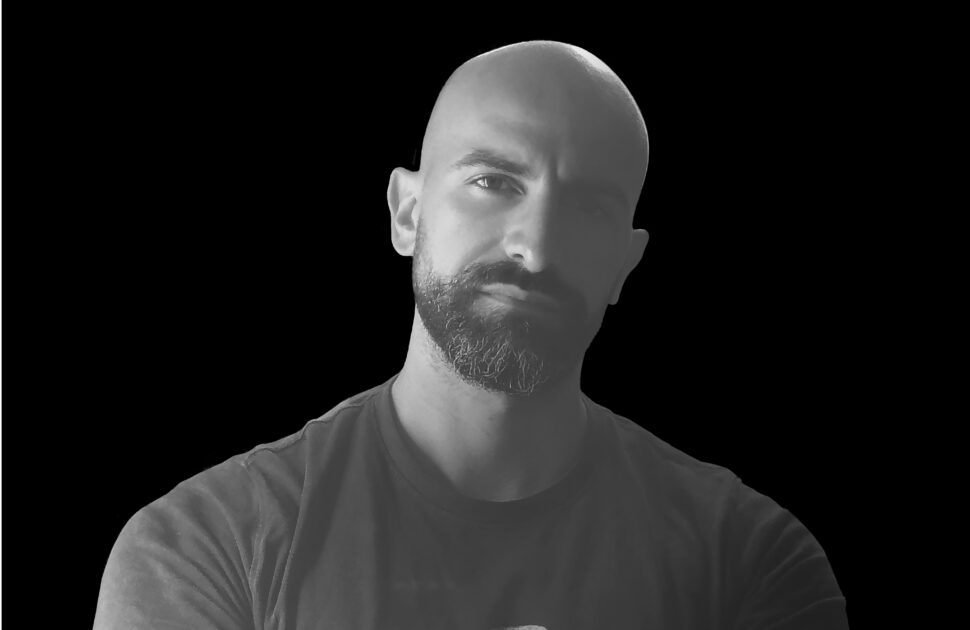
ANTONIO PALMA
Antonio Palma was born in Noto (SR) on August 15, 1984.
In 2007 he graduated from the Brera Academy of Fine Arts in Milan, and then continued his studies at the Academy of Fine Arts in Rome.
After participating in group exhibitions in exhibition venues and art galleries in Gaeta, Milan, and Rome, he began since 2008 to collaborate as an illustrator with the Roman publishing house Eura Edizioni. In 2009 he worked as a draftsman and illustrator with the Parisian Delcourt Editions for which he produced three editorial projects, until 2014.
Since 2015 professional collaborations as an illustrator began with some national and international film productions, including the documentary “Cinecittà-Babilonia” , made by Istituto Luce Cinecittà and directed by M. Spagnoli and the film Youtopia by Berardo Carboni; with the Roman company Light & Color he collaborates as storyboardist and concept artist.
In 2016 he began working for Glenat Editions on drawings for a comic book volume on the life of Alexander the Great; for the same publisher he recently produced another forthcoming historical album.
Since 2022 he has been engaged as an illustrator on the drawings for a comic book on the life of Giacomo Matteotti and on the creation of a graphic novel with the French Les Sculpteurs des bulles.
He lives and works between Gaeta and Rome.
PROJECT TITLE FOR SEMINARYSOGNINTERRA23
EMME
How important is the past for imagining and building the future?
The past offers a dual thrust to all that is construction or understanding in the making: it is both experiential test-bed and knowledge, and a model to be surpassed. I believe that by excluding the past from our attention, the present runs the risk of not renewing itself and lazily realizes very unoriginal futures.
What are the elements you would like to/and work on further?
I will certainly experiment with other expressive attempts to represent the harmonious coexistence of different points of view.
Tell me more about the work for Seminaria.
It is a five-act process: the image is constructed through a succession of planes, starting from the plane closest to the observer. However, the various planes are perspectively inconsistent, described from different angles. Only light and the color palette unify the environment through consistent lighting.
A project you haven’t been able to do, but would like to do?
I have many narrative and pictorial projects locked away in the drawer; I don’t think I will find peace until I have accomplished at least half of them. A solo exhibition of portraits is undoubtedly among them.
Your illustrations often look like the layering of different languages (painting, photography, film). Compositionally, how do you construct the image?
Photography often supports my more hyper-realistic style: details, particular behaviors of light, unknown or never drawn elements must always be available on the drawing board if I want to get at describing things in a certain way. Cinema, on the other hand, when it is not an example and culture of sequential art, is a formidable and colorful archive of color palettes and color atmospheres. Painting is the first love; in addition to what it naturally imparted to photography first and cinema later, painting is the culture of sign, it is synthesis of expression and thought, it is the vehicle of emotion. A continuous learning of new sensibilities and beauty.

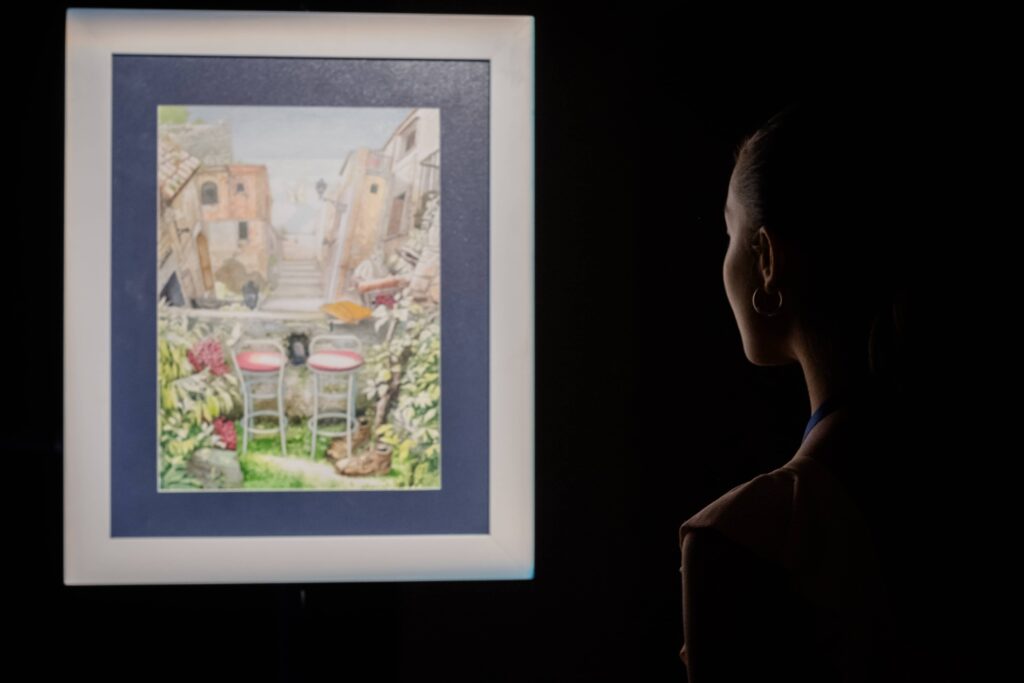
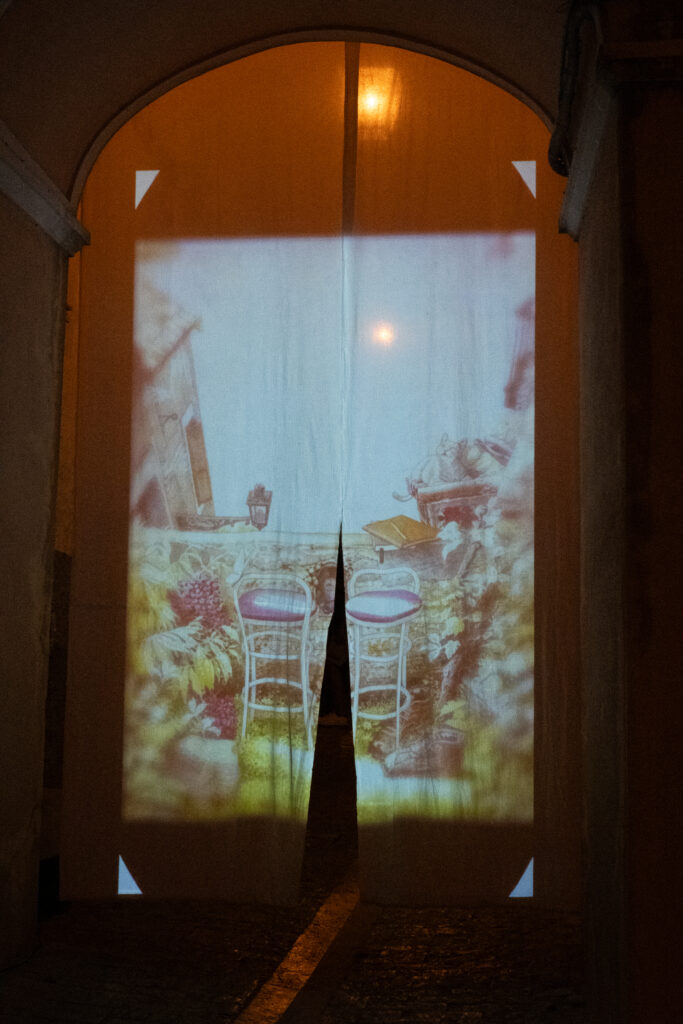
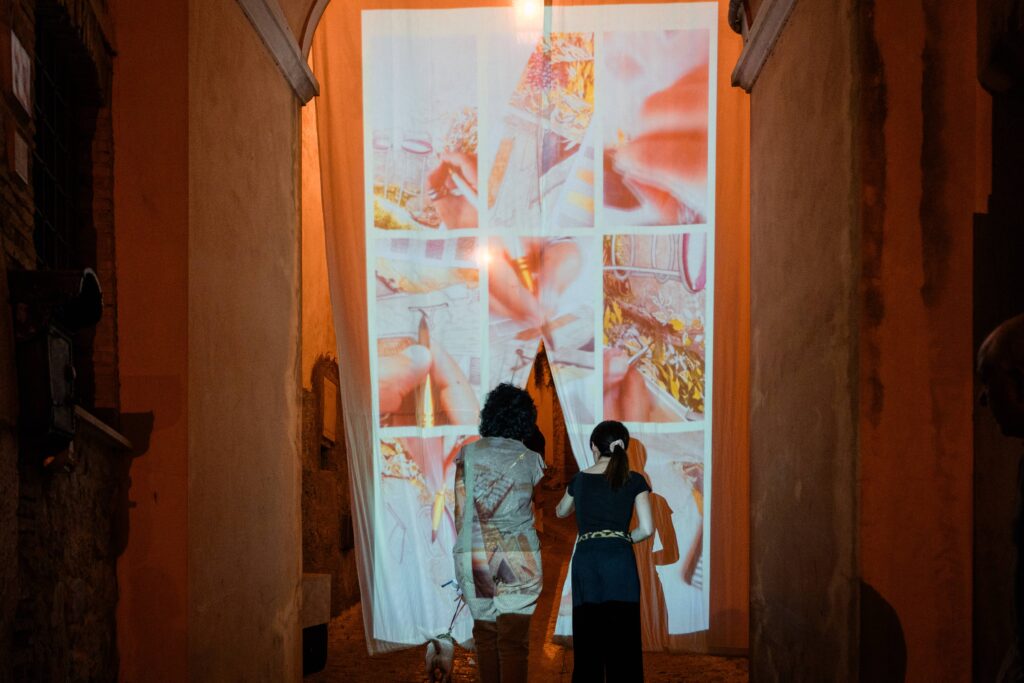
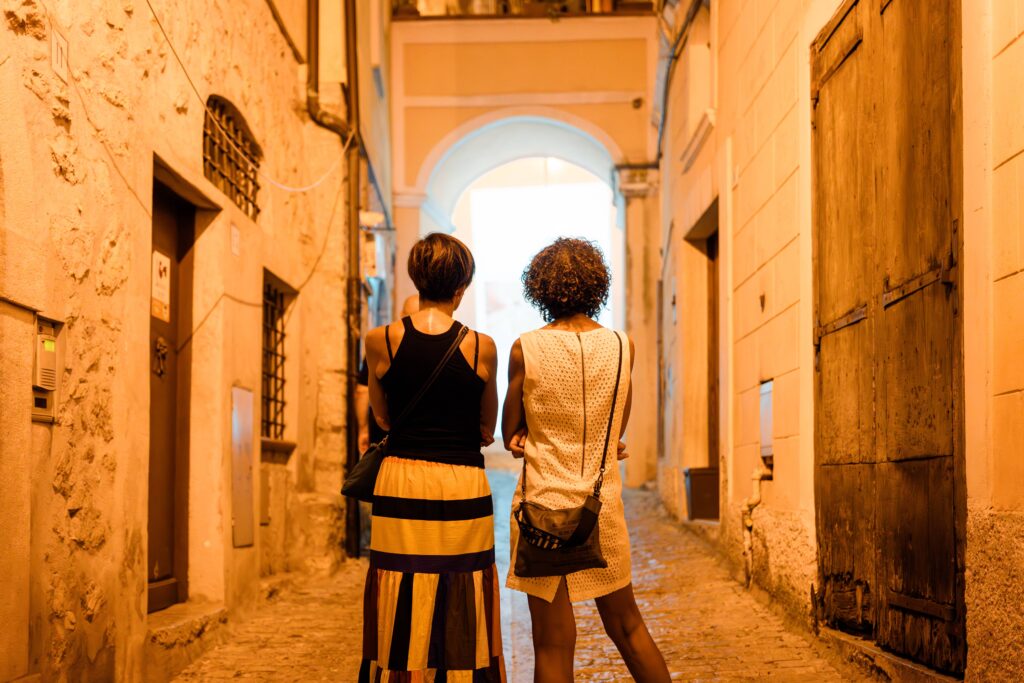
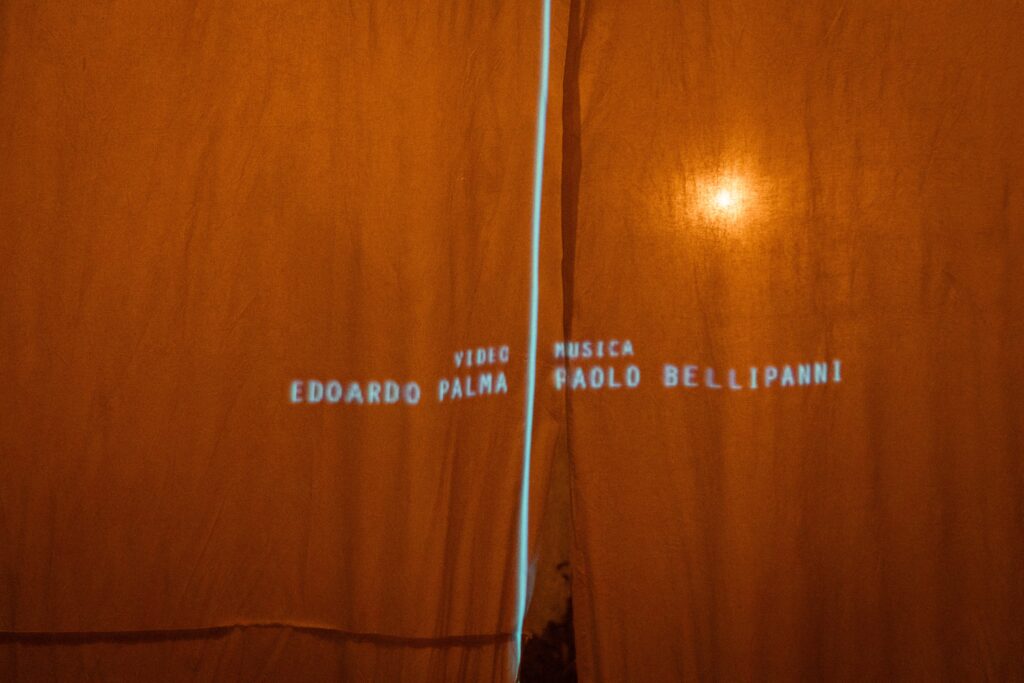
This post is also available in:
Italiano (Italian)
